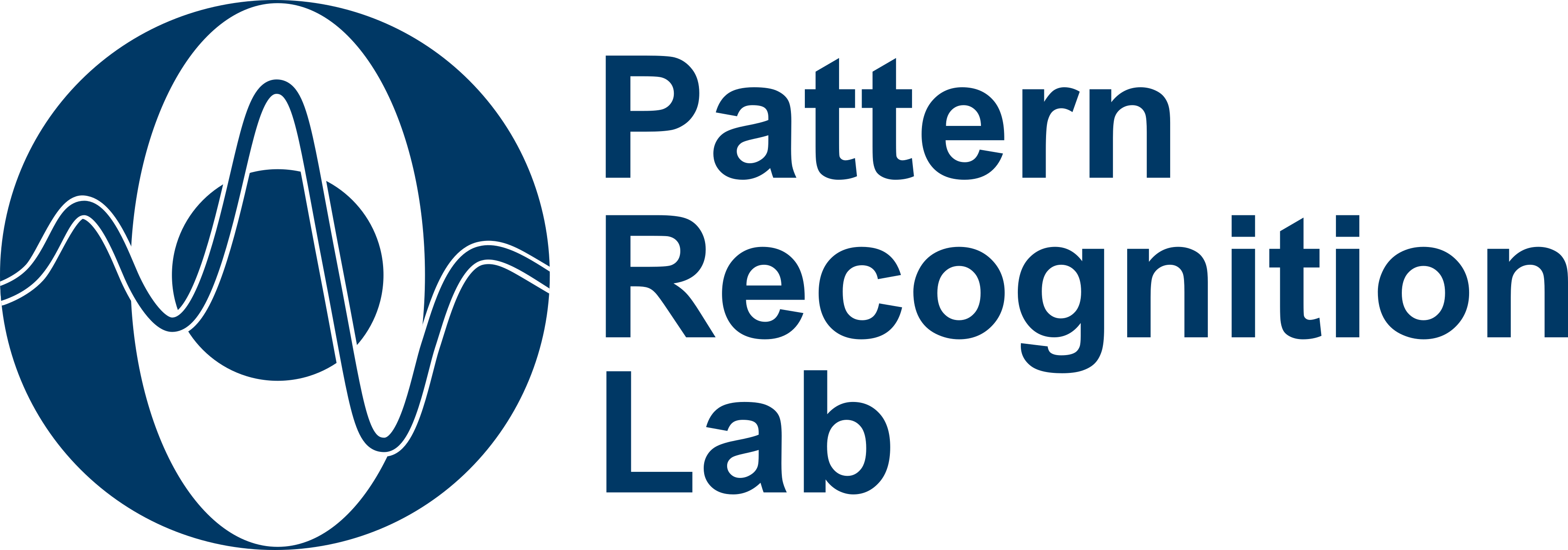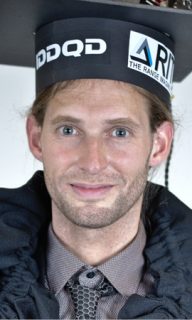Jakob Wasza
Real-time Respiratory Motion Analysis Using GPU-accelerated Range Imaging
Abstract
Respiratory motion analysis and management are crucial issues for a plurality of medical applications. Of particular scientific concern are methods that allow to analyze the patient’s breathing in a non-invasive and real-time manner that does not involve ionizing radiation exposure. For this purpose, range imaging technologies, that allow to dynamically acquire three-dimensional body surface data, have been proposed over the last years. A particular challenge with such methods is a fully automatic investigation and assessment of the body surface data, as well as computation times that comply with real-time constraints. This dissertation is concerned with the application of range imaging principles for real-time automatic respiratory motion analysis. The focus is on the development of efficient methods for data preprocessing and fusion as well as machine learning and surface registration techniques. A particular emphasis of this thesis is the design of the proposed algorithms for GPU architectures to enable real-time computation.
The first part of this thesis covers the general challenges and requirements for respiratory motion analysis in diagnostic and therapeutic applications. Furthermore, the range imaging technologies that are relevant for this thesis are introduced and the suitability of GPU architectures for accelerating the computation of several tasks inherent to range imaging based respiratory motion analysis are investigated.
The second part of this work is concerned with pre-processing and fusion techniques for range data. To account for the low signal-to-noise ratio that is common with range data, this work proposes a processing pipeline that allows to reconstruct the ideal data with an error trueness less than 1.0 mm at run-times of 2 ms. For fusing range image data in a multi-camera setup, as it is required for the simultaneous acquisition of frontal and lateral body surface, this thesis proposes a novel framework that enables the computation of a 180◦ coverage body surface model consisting of more than 3.0 × 105 points with a computation time of less than 5 ms.
The third part of this work is concerned with patient-specific respiratory motion models. The thesis proposes machine learning techniques to generate a continuous motion model that features the ability to automatically differentiate between thoracic and abdominal breathing as well as to quantitatively analyze the patient’s respiration magnitude. By using purposely developed surface registration schemes, these models are then brought in congruence with body surface data acquired by range imaging sensors. This allows for respiratory motion compensated patient positioning that reduces the alignment error observed with conventional approaches by a factor of 3 to less than 4.0 mm. Further, this approach allows to automatically derive a multi-dimensional respiration surrogate that yields a correlation coefficient greater than 0.97 compared to commonly employed invasive or semi-automatic approaches and that can be computed in 20 ms.
The fourth part concludes this thesis with a summary of the presented methods and results, as well as an outlook regarding future research directions and challenges towards clinical translation.

